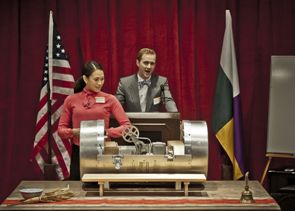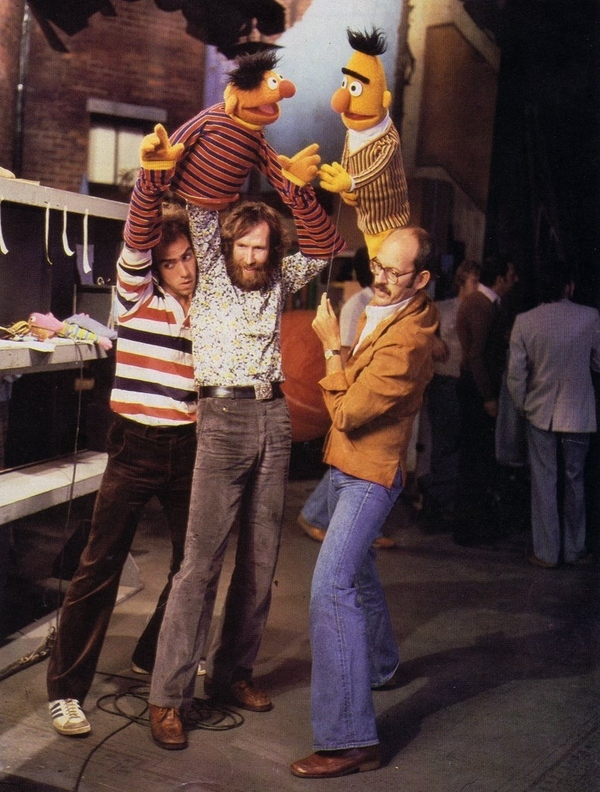
Mr. Jon Pounds
Assessing What to Assess in Public Art
Posted by Apr 30, 2012

Mr. Jon Pounds
I believe we need to be really careful about what results we claim public art produces. Inevitably, and understandably, we will be asked by someone to produce the evidence to back our claims.
Careless claims can be most difficult task prove and, unproven, confound the good efforts of us all.
My caution is not because I think public art does little; rather that some things we might believe (or hope) we do are difficult to prove.
There are recent examples of assessments of well-known cultural agencies that provided little or no support for the assumptions made about their work. Does that mean that the work is not valuable (or properly valued)…or that the assessment of its value is nearly impossible even when well financed and professionally investigated? Assessing public art is nothing like counting beans.
There are examples of attitudinal assessments that work for some cultural experiences—not so much public art.
If you assess attitudes before and after a theater performance, at the very least you are asking someone to reflect on an experience that is both visual and aural and one that they have invested some significant amount of time (and perhaps money) to experience. Similarly, if someone has gone to a museum, they have invested time (likely at least an hour) and money and have chosen the experience because they anticipate satisfaction of their desire. And, in both cases the producing agency can hope to see an increase in funding from annual memberships as a long-term form of assessment.
Can public art begin to match those conditions for assessment? No.
Read More















